Indigenous Governance Database
self-government
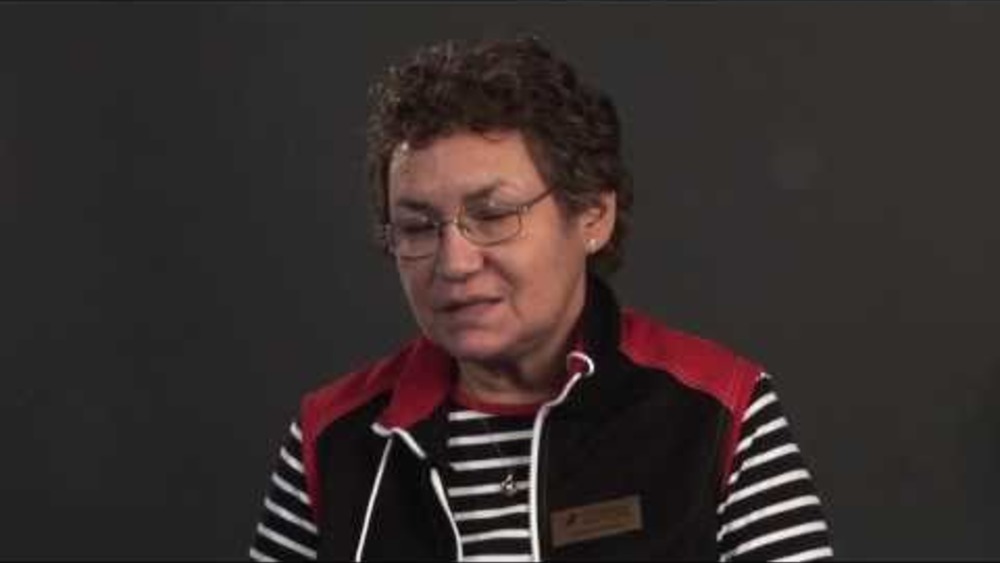
NCFNG: Governance and Cultural Match
Taken from a 2008 event hosted by the National Centre for First Nations Governance, this video looks at the question: "How does a First Nation match governance with their culture and traditions?"
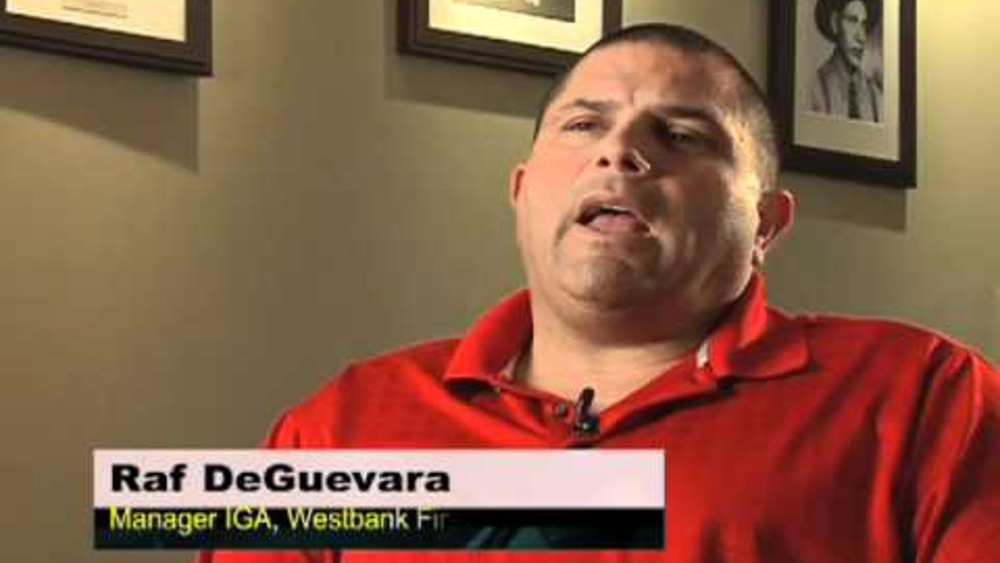
Westbank First Nation Circle of Governance
The people of the Westbank First Nation share the history and process taken toward self-governance and how it has transformed their community.

Tsawwassen First Nation: Law and Policy
Tsawwassen's story about creating laws and policies after their historic treaty signing provides important insight for all First Nations who wish to develop laws and policy.
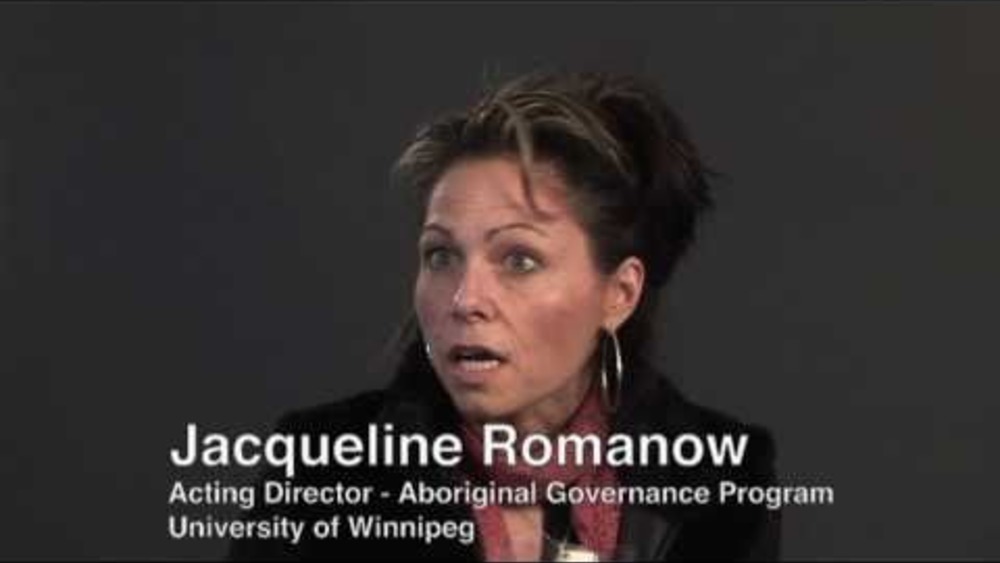
NCFNG: Implementing Independent Governance
This video, taken from a 2008 conference hosted by the National Centre for First Nations Governance, provides some perspective on the question: "How does a First Nation implement their right to self-governance?"
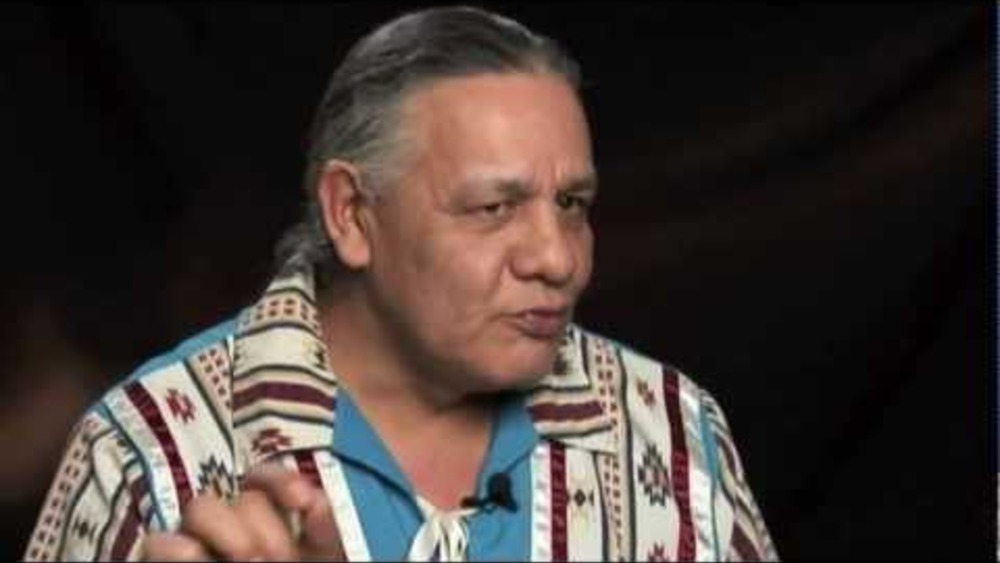
Chief Dale Awasis: Thunderchild First Nation
Chief Awasis of ThunderChild First Nation talks about traditional governance from before contact, Indian Act governance and how some nations are beginning to combine them into a third type of governance.
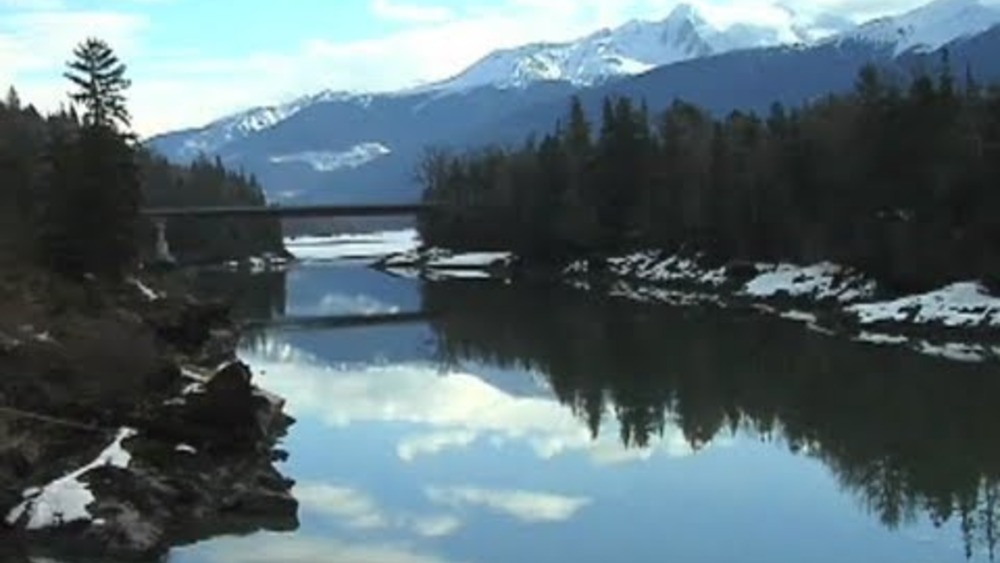
Nisga'a First Nation Circle of Governance
People of the Nisga'a Nation discuss custom and tradition before the Indian Act. They tell how they made the move back to traditional ways through strategic planning and abandoned oppressive ways of the Indian Act.
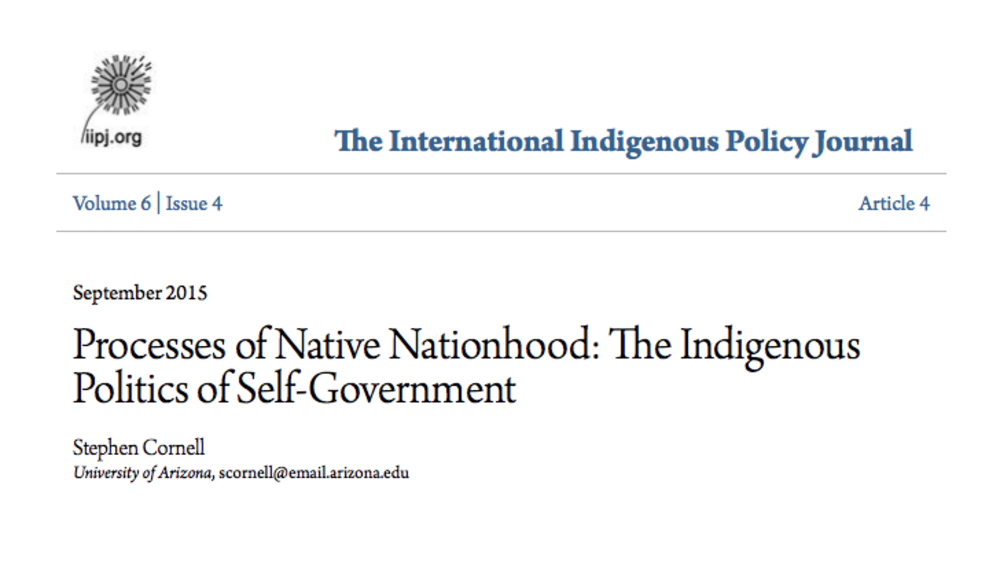
Processes of Native Nationhood: The Indigenous Politics of Self-Government
Over the last three decades, Indigenous peoples in the CANZUS countries (Canada, Australia, New Zealand, and the United States) have been reclaiming self-government as an Indigenous right and practice. In the process, they have been asserting various forms of Indigenous nationhood. This article…
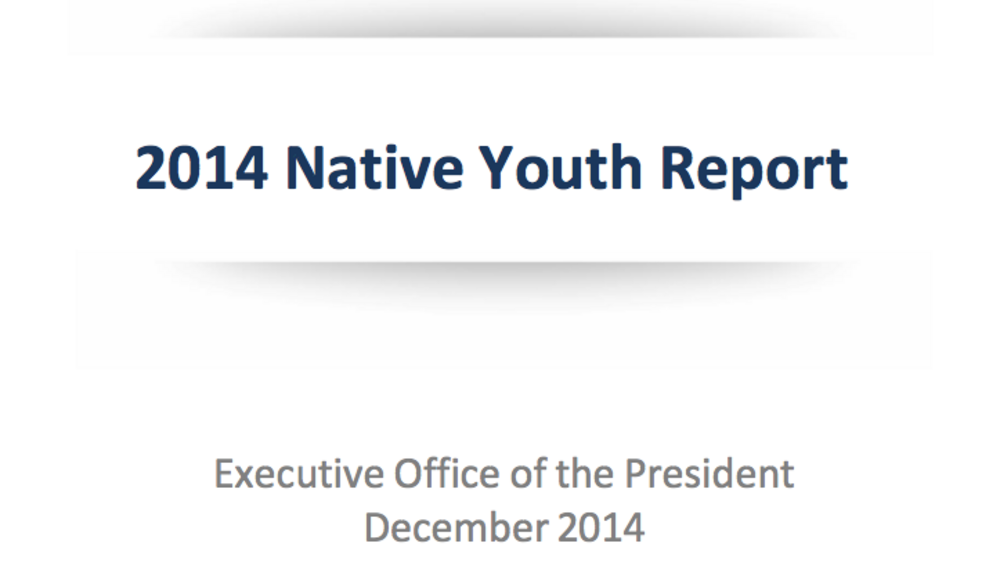
2014 Native Youth Report
In June 2014, President Obama embarked on his first presidential visit to Indian Country, where he and Mrs. Obama witnessed the tale of two Americas. Standing Rock Reservation, like many others, faces myriad social, economic, and educational problems. Together, those problems are coalescing into a…
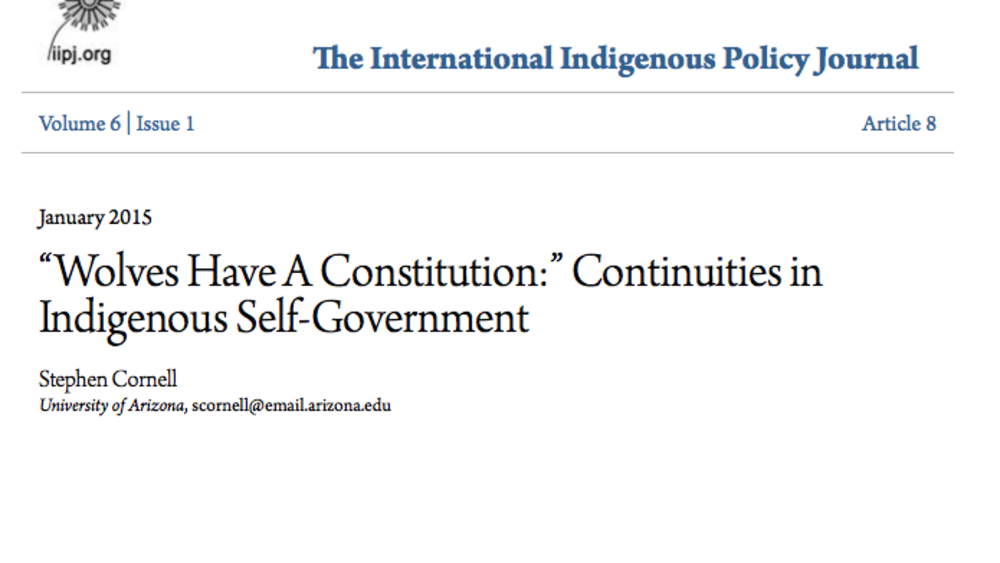
Wolves Have A Constitution: Continuities in Indigenous Self-Government
This article is about constitutionalism as an Indigenous tradition. The political idea of constitutionalism is the idea that the process of governing is itself governed by a set of foundational laws or rules. There is ample evidence that Indigenous nations in North America–and in Australia and New…
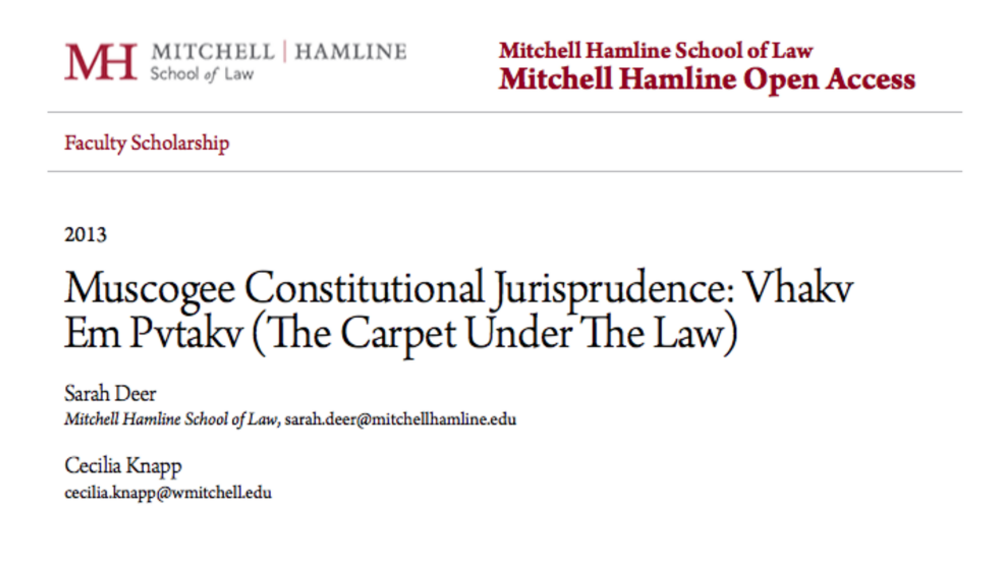
Muscogee Constitutional Jurisprudence: Vhakv Em Pvtakv (The Carpet Under The Law)
In 1974, a group of Mvskoke citizens from Oklahoma sued the federal government in federal court. Hanging in the balance was the future of Mvskoke self-determination. The plaintiffs insisted that their 1867 Constitution remained in full effect, and that they still governed themselves pursuant to it…
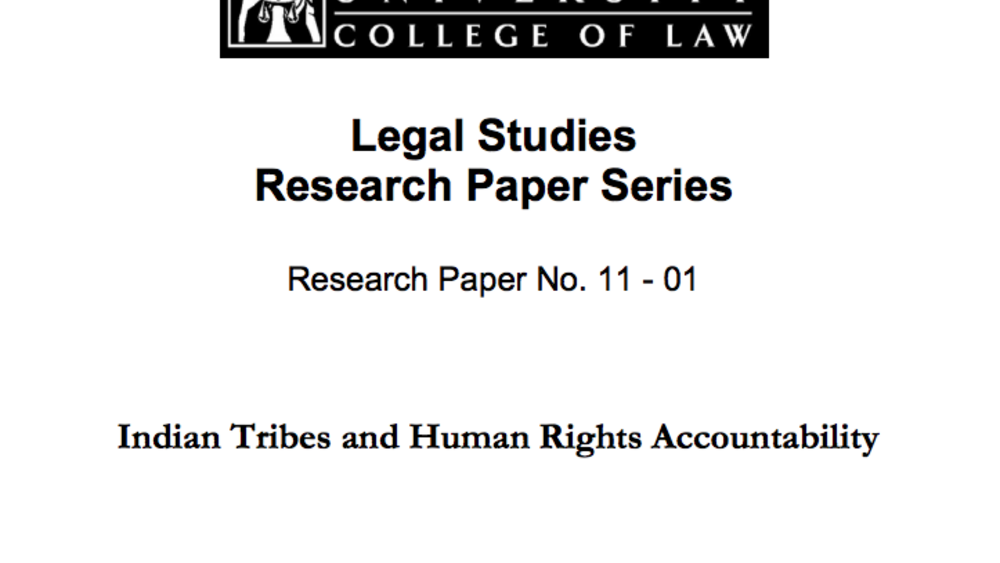
Indian Tribes and Human Rights Accountability
In Indian country, the expansion of self-governance, the growth of the gaming industry, and the increasing interdependence of Indian and non-Indian communities have intensified concern about the possible abuse of power by tribal governments. As tribes gain greater political and economic clout on…
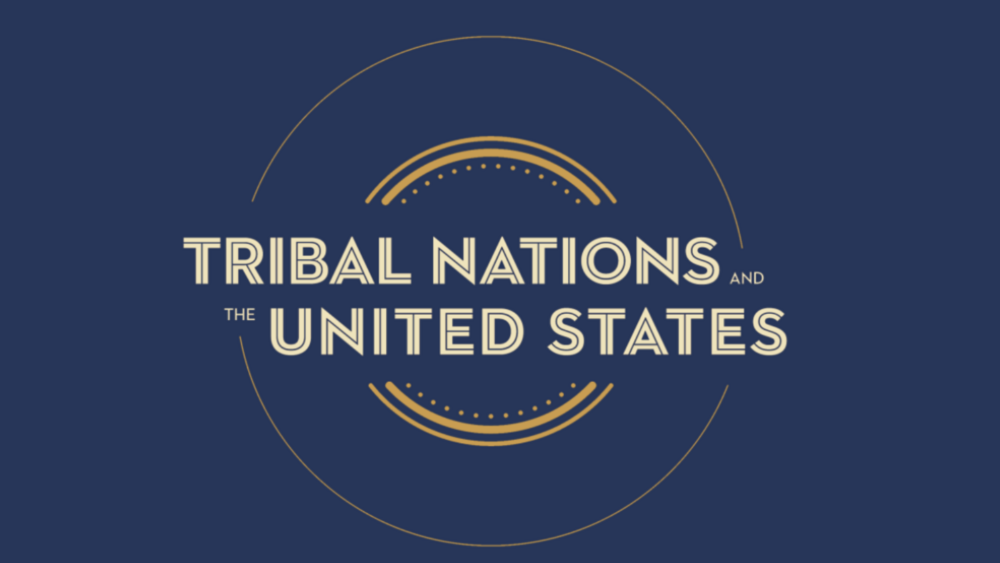
Tribal Nations and the United States: An Introduction
Tens of millions of Indigenous peoples inhabited North America, and governed their complex societies, long before European governments sent explorers to seize lands and resources from the continent and its inhabitants. These foreign European governments interacted with tribes in diplomacy, commerce…
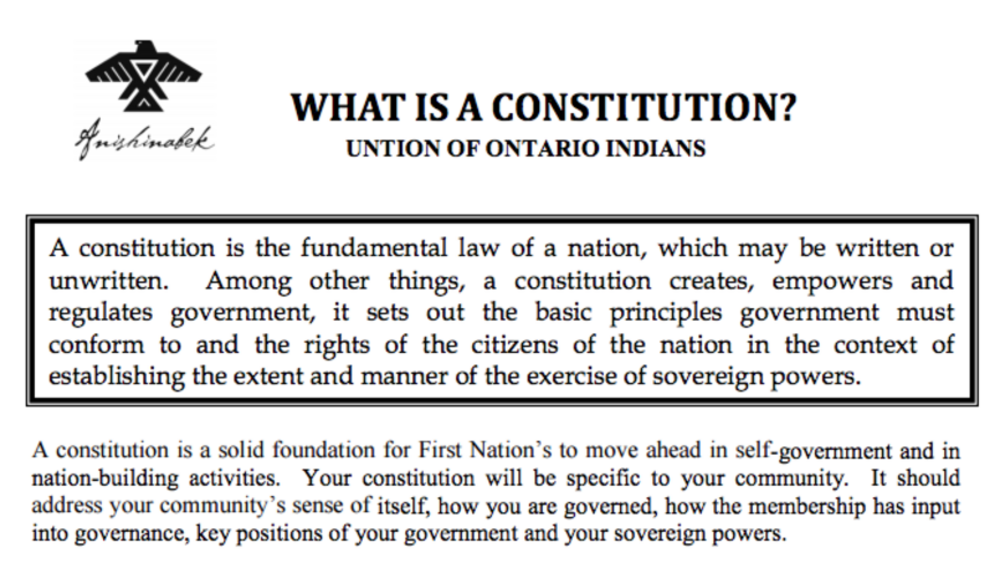
First Nation Constitutions
A constitution is a solid foundation for First Nations to move ahead in self-government and in nation-building activities. Your constitution will be specific to your community. It should address your community's sense of itself, how you are governed, how the membership has input into governance,…
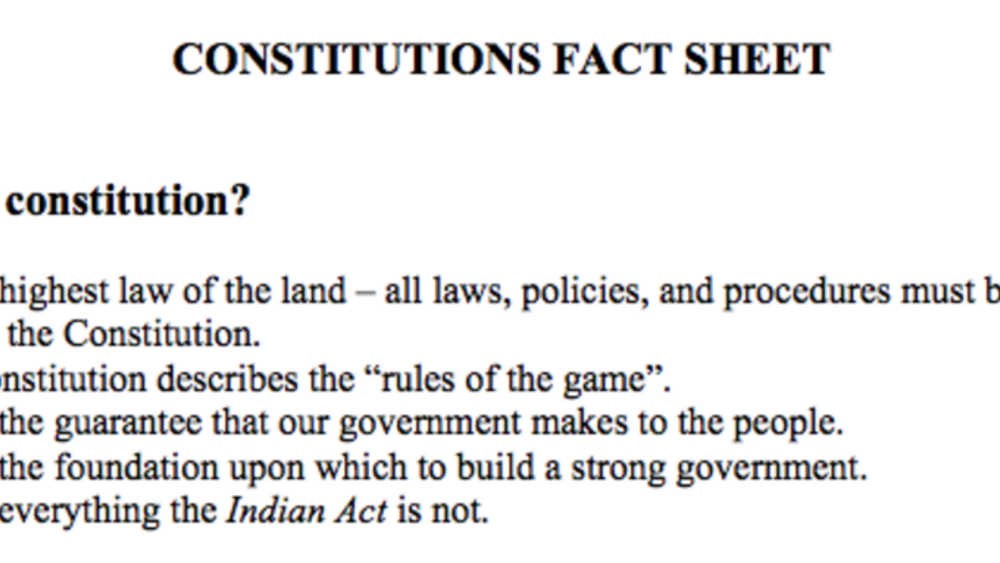
Constitutions Fact Sheet
The National Centre for First Nations Governance developed this quick reference for Native nations who are discussing constitutions and constitutional reform.
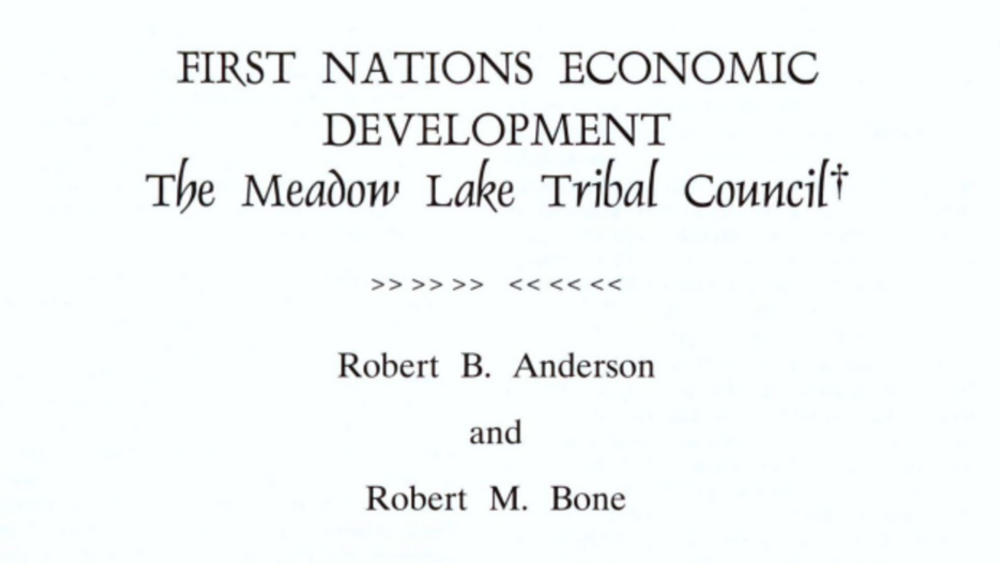
First Nations Economic Development: The Meadow Lake Tribal Council
A new approach to economic development is emerging among the First Nations in Canada. This approach emphasizes the creation of profitable businesses competing in the global economy. These businesses are expected to help First Nations achieve their broader objectives that include: (i) greater…
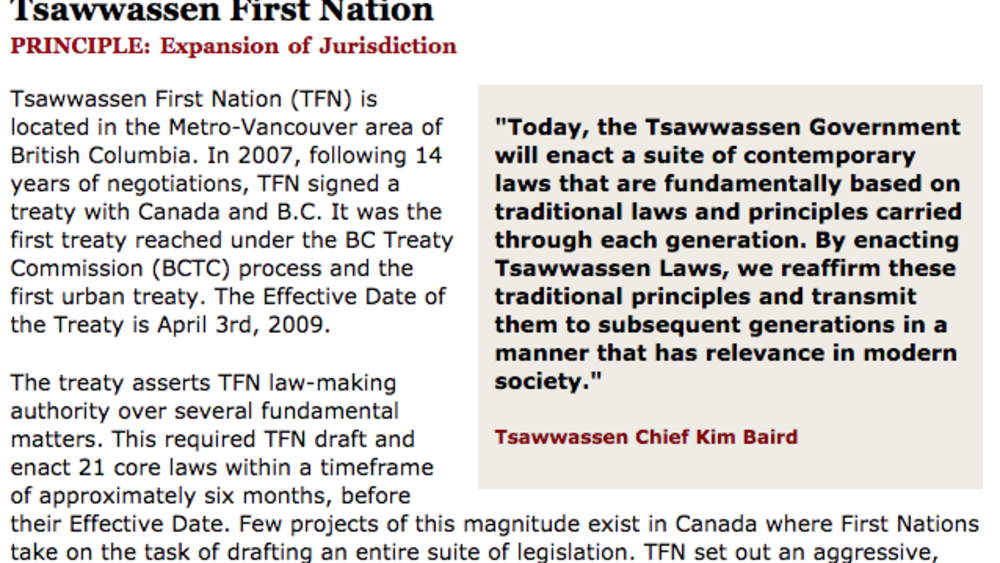
Best Practices Case Study (Expansion of Jurisdiction): Tsawwassen First Nation
Tsawwassen First Nation (TFN) is located in the Metro-Vancouver area of British Columbia. In 2007, following 14 years of negotiations, TFN signed a treaty with Canada and B.C. It was the first treaty reached under the BC Treaty Commission (BCTC) process and the first urban treaty. The Effective…
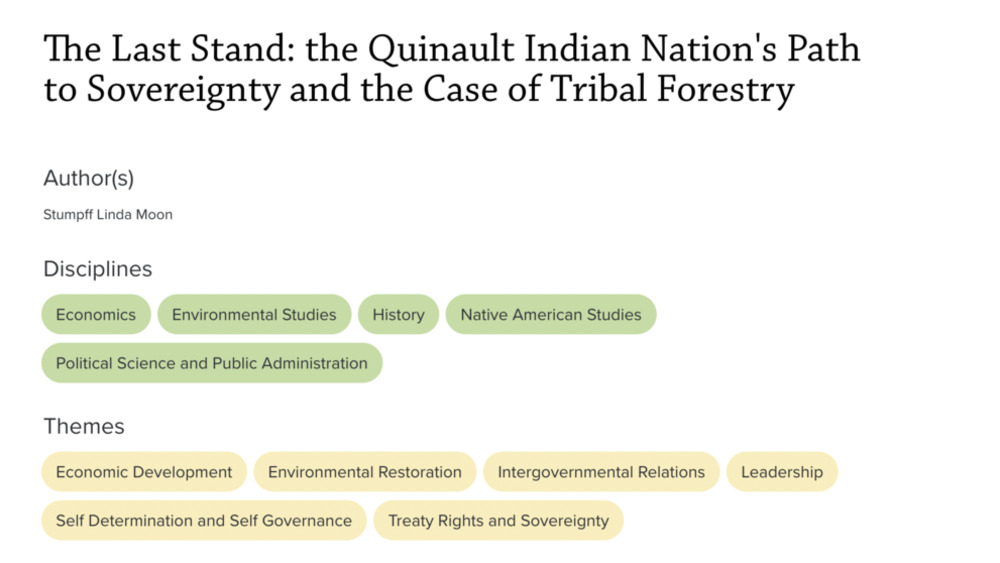
The Last Stand: the Quinault Indian Nation's Path to Sovereignty and the Case of Tribal Forestry
This case tells a story of forestry management policies on the Quinault Reservation. In the early years, the Office of Indian Affairs (OIA) and later the Bureau of Indian Affairs (BIA) acted like a landlord, allocating large timber sales to non-Indian timber companies. The Dawes Act fragmented the…
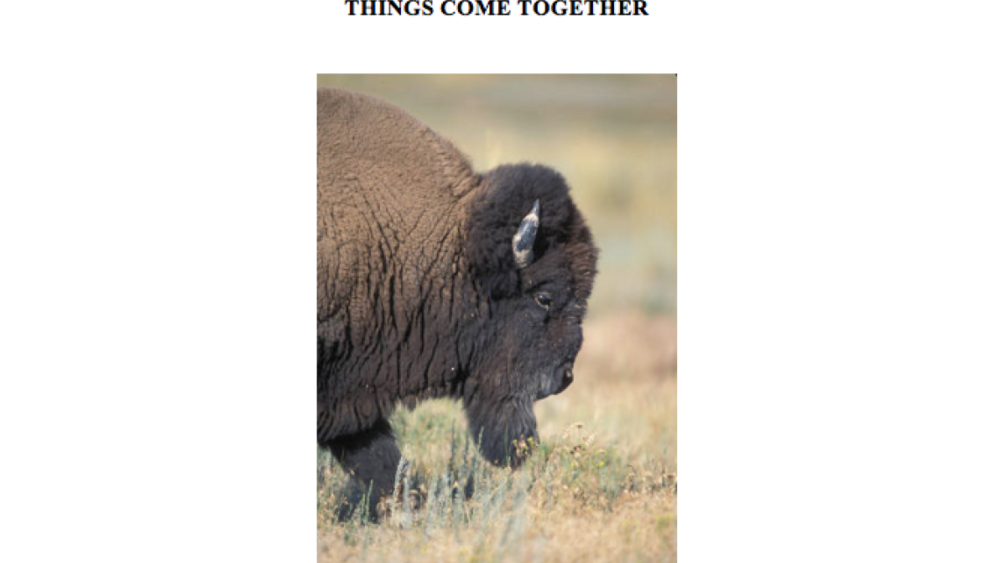
Back to the Bison Case Study Part II
After the Confederated Salish Kootenai Tribes (CSKT) made the decision to work towards signing a management agreement, they began discussions with United States Fish and Wildlife Service (USFWS) in 1994 to pursue the co-management and joint operation of the National Bison Range Complex (NBRC) which…
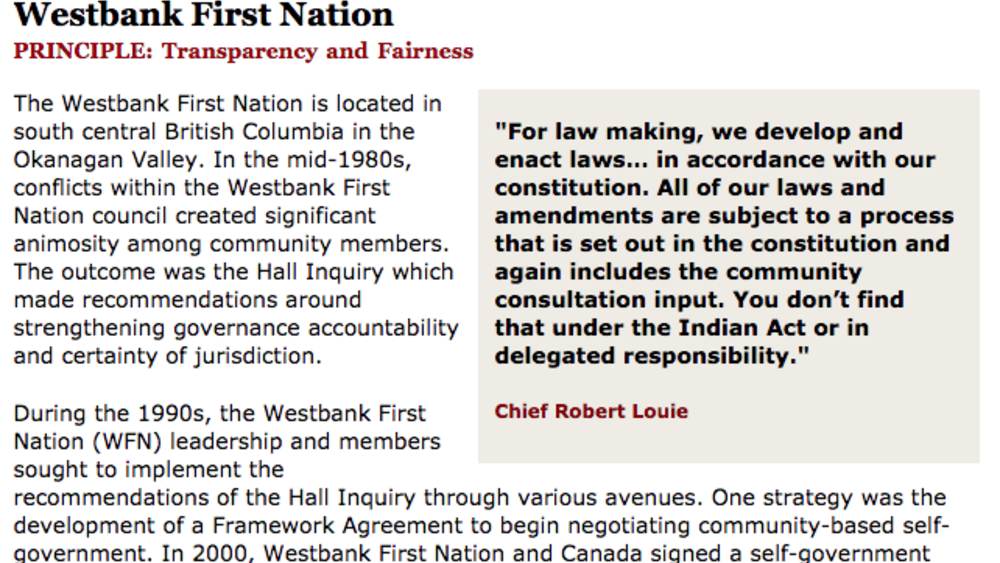
Best Practices Case Study (Transparency and Fairness): Westbank First Nation
The Westbank First Nation is located in south-central British Columbia in the Okanagan Valley. In the mid-1980s, conflicts within the Westbank First Nation council created significant animosity among community members. The outcome was the Hall Inquiry which made recommendations around strengthening…

British Columbia Assembly of First Nations Governance Toolkit: A Guide to Nation Building
The BCAFN is pleased to present the first edition of the BCAFN Governance Toolkit: A Guide to Nation Building in accordance with our Building on OUR Success action plan and the first pillar of that plan, "Strong and Appropriate Governance." The Toolkit is a comprehensive guide intended to assist…
Pagination
- First page
- …
- 4
- 5
- 6
- …
- Last page
